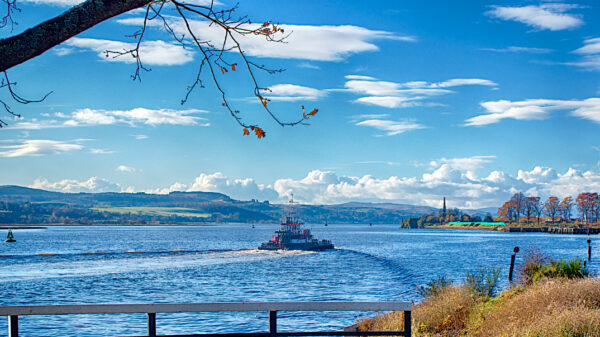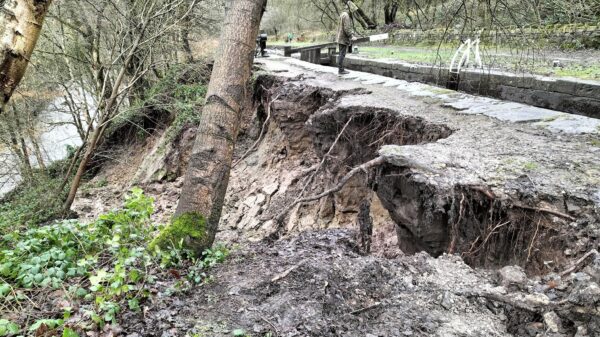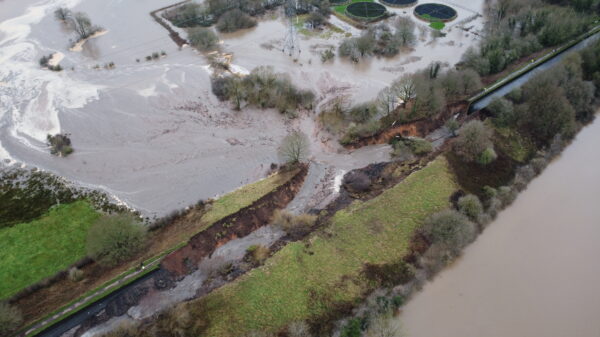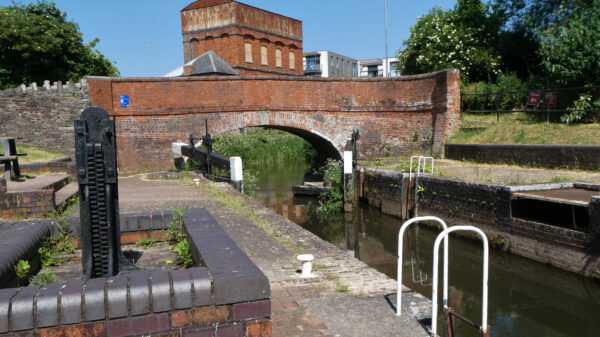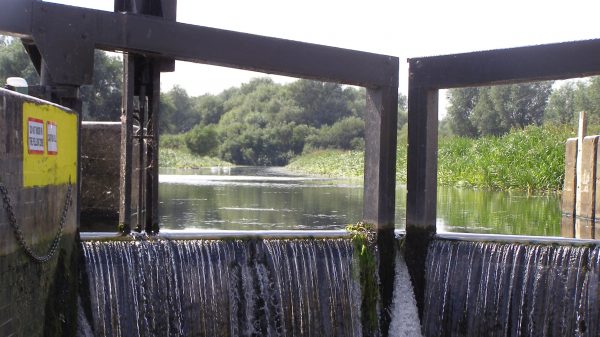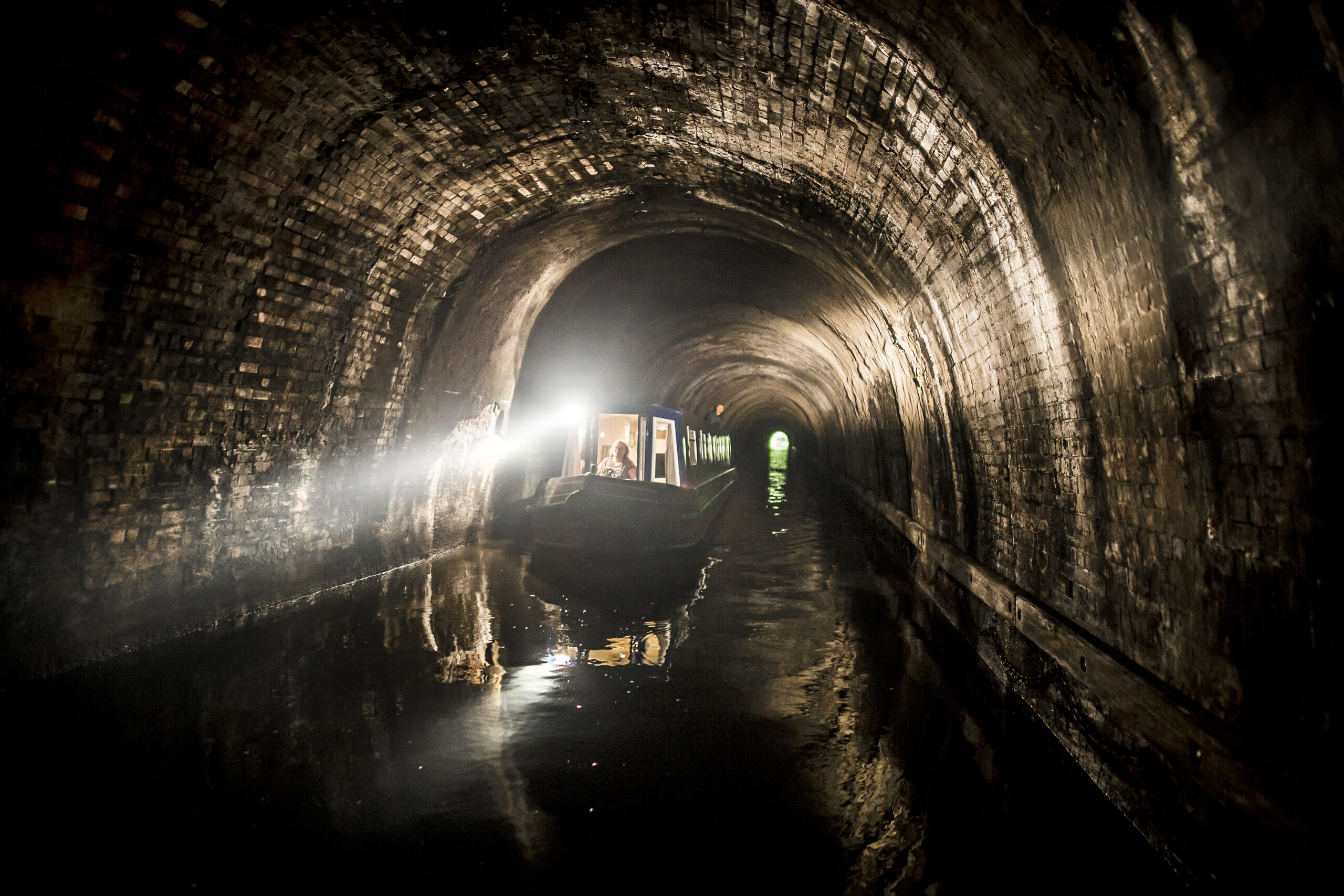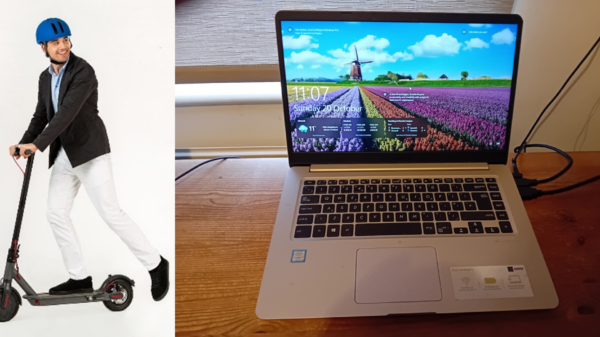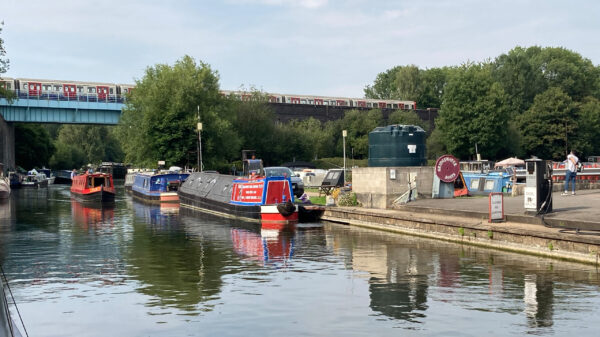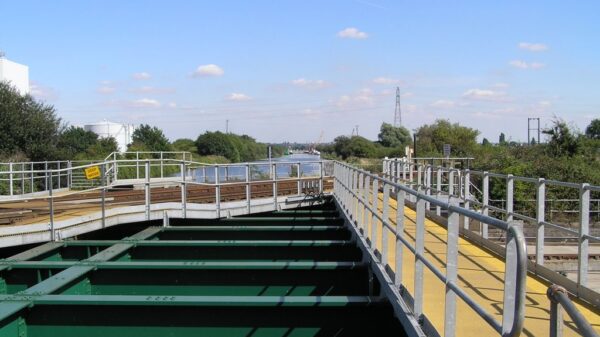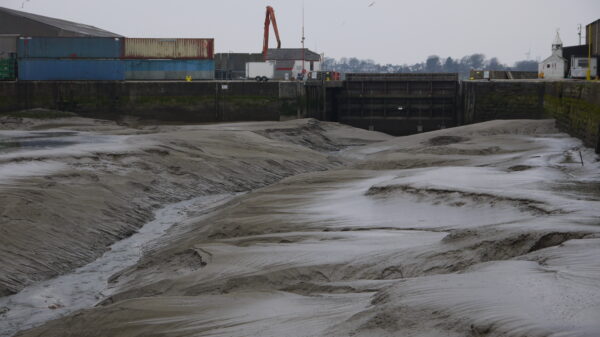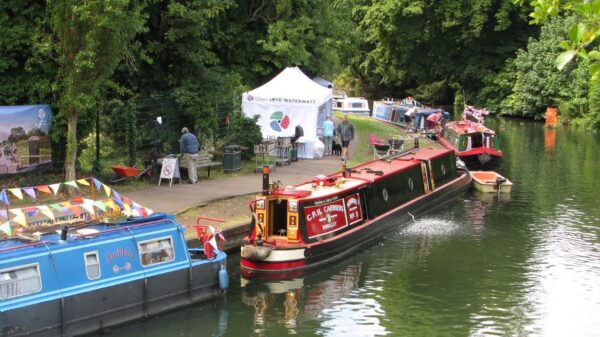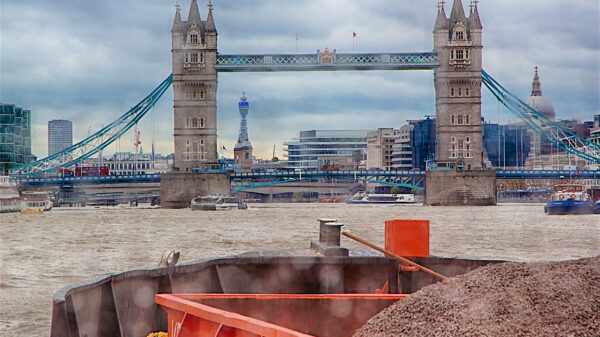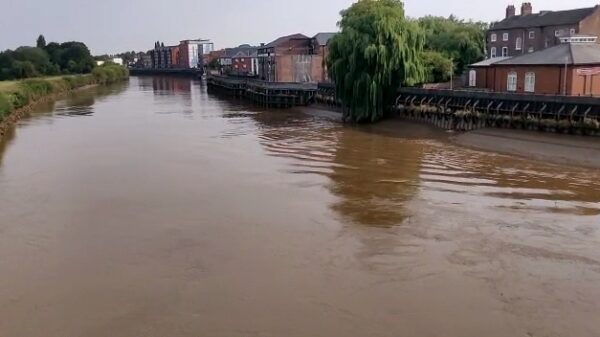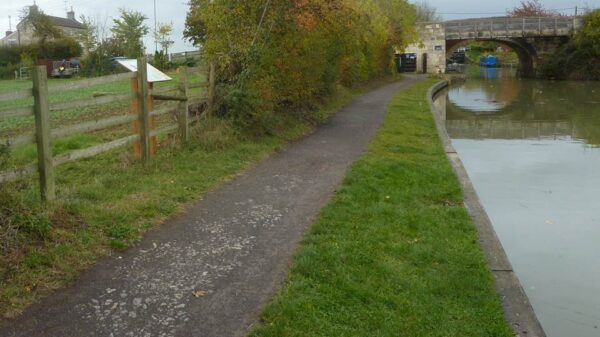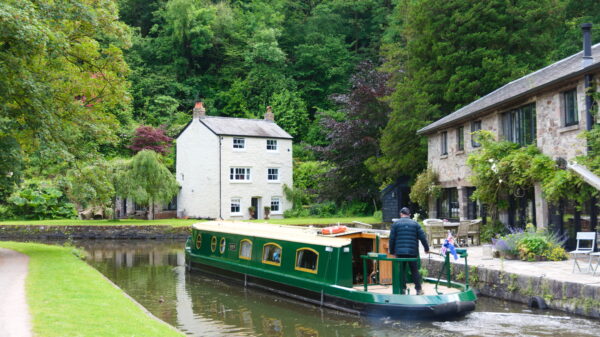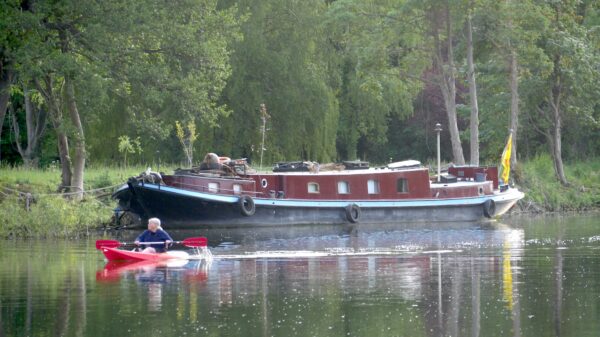Guidelines on the use of VHF radio by inland pleasure craft on UK freight waterways, including advice on navigation lights, sound signals and navigational safety.
Download guidelines on the use of VHF Radio (PDF 616KB), prepared by John Pomfret.
Summary:
Marine-band VHF radio provides a means for vessel crew to communicate with other vessels and shore station (e.g. ports, locks, bridges and marinas) on operational, navigation and safety matters.
As well as providing an effective means of calling for help in an emergency, use of marine-band VHF radio can inform you of the presence of large vessels and their intentions, as well as providing a means to call for locks to be prepared or moveable bridges to be swung or raised in advance of your arrival.
Simply listening to the appropriate radio channel will provide a picture of vessel traffic, which may enable you to avoid meeting a large vessel in an awkward location, for example.
Availability of radio-communication and establishment of vessel traffic services (VTS) in some areas has contributed to the penetration inland of larger vessels than hitherto, presenting an increased hazard to small pleasure craft.
Marine-band VHF radio has become widely used on larger waterways, replacing flag signals and to some extent sound signals, so that if your vessels is not so equipped, you may be exposing yourself to unnecessary risks.
Marine-band VHF radio is obligatory on vessels navigating many tidal waterways, including parts of the Ouse, Humber, Trent, Witham and Thames.
Portable marine radio sets are now relatively inexpensive and the ship portable radio licence is free. Users will also need to attend a one day course, available in all parts of the country, to obtain the required operator’s certificate.
IWA strongly recommends that boaters carry marine band VHF radio on all major tidal waterways and on other waterways where locks and bridges are equipped with VHF radio.
Vessels navigating at night or in conditions of reduced visibility must carry full navigation lights except for narrow canal craft, which only need to carry a single light at the bow on narrow canals and some other waterways. However, even narrow boats must carry full navigation lights on all tidal waterways and on many of the larger non-tidal waterways.
Boaters should also familiarise themselves with local signage before venturing onto a large waterway; some waterways use local signs not found elsewhere.

